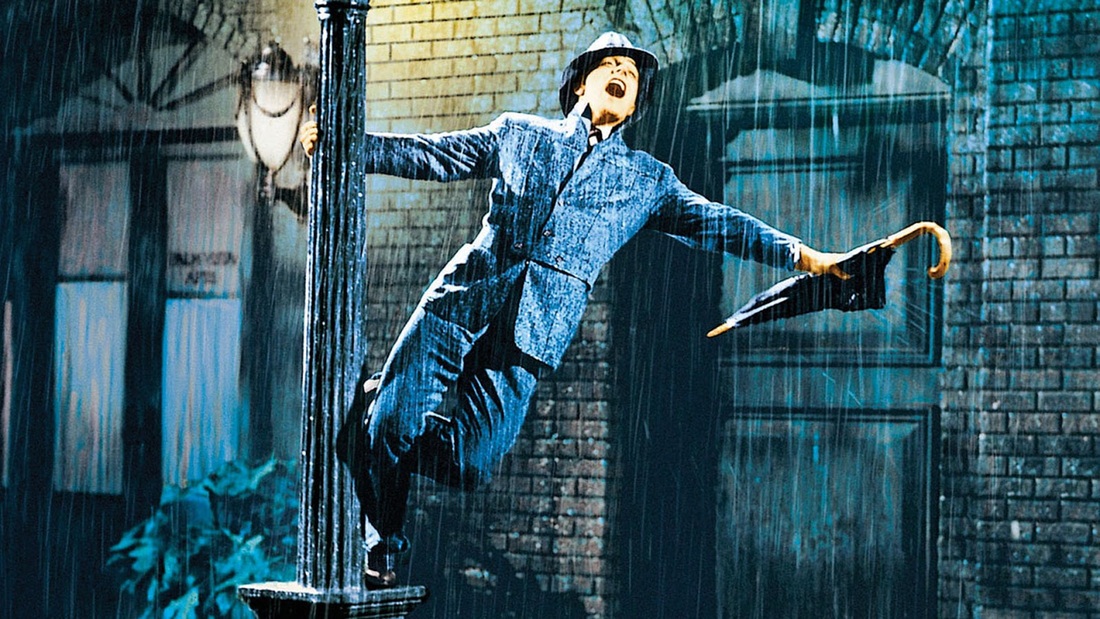In regards to the history of the musical film genre, its origins can be traced back to the advent of sound in motion pictures. For obvious reasons, the musical film genre’s dependence on sound kept it from emerging earlier, but with the official launch of synchronized sound in film, the genre prospered as the primary showcase for what the inclusion of sound meant for the future of film. This direction was pioneered with Warner Brothers’ groundbreaking release of The Jazz Singer (Crosland, 1927), which featured seven songs and a few lines of screen dialogue (Dirks). Realizing the ramifications of the sound revolution, other major film studios followed suit and began to release their own musicals, which typically ended up being rather crude due to various technical limitations. However, with the release of MGM’s first full-length musical, The Broadway Melody (Beaumont, 1929), which ended up winning an Academy Award for Best Picture (the first musical and sound film to do so), the musical film proved its worth to the history of cinema.
With the dawn of the 1930s, the “Golden Age of the Musical” began (Dirks). In fact, Hollywood released over one hundred musical films in 1930 alone, which included The Vagabond King (Berger and Lubitsch), The Rogue Song (Barrymore and Roach), Whoopee! (Freeland), King of Jazz (Murray Anderson and Fejös), and many more. The oversaturation of musical films from the 1930s ultimately tired viewers though, especially since this era coincided with the height of the Great Depression. Given viewers’ lack of interest for the musical film, the genre began to experience a commercial decline over the next few years. Moreover, since the public had come to associate the early use of color with musicals, the popularity of color productions likewise declined.
However, with Warner Brothers’ acquisition of choreographer Busby Berkeley, the musical genre was revived again (Dirks). This was perhaps most apparent in his work with 42nd Street (Bacon, 1933), which featured impressive production numbers and enjoyed critical success. Hollywood’s “classical era of the musical film” remained popular up until the late 1940s and 1950s, at which point a production unit at Metro-Goldwyn-Mayer headed by Arthur Freed began to transition away from the approach embraced by old-fashioned musical films, to a structure that gave his directors and choreographers free rein and furthered the boundaries of musical films. Starting with Meet Me in St. Louis (Minnelli, 1944), the Freed unit began producing some of the most popular films of the genre, which included Easter Parade (Walters, 1948), An American in Paris (Minnelli, 1951), and Singin’ in the Rain (Kelly and Donen, 1952).
Through the 1960s and onward, the adaptation of stage material for the screen remained the predominant trend in Hollywood, partly due to its enormous success upfront. In fact, West Side Story (Robbins and Wise, 1961), My Fair Lady (Cukor, 1964), The Sound of Music (Wise, 1965), and Oliver! (Reed, 1968) were all adapted from Broadway hits and each won the Academy Award for Best Picture. Over the next several years, the popularity of the musical film waxed and waned, finding success in films such as Saturday Night Fever (Badham, 1977), Grease (Kleiser, 1978), and Footloose (Ross, 1984).
With the arrival of the early 1990s, one of the more successful modern-day musical movements emerged: Disney’s animated musical blockbusters. Under this movement, Disney films such as The Little Mermaid (Clements and Musker, 1989), Beauty and the Beast (Trousdale and Wise, 1991), Aladdin (Clements and Musker, 1992), and The Lion King (Allers and Minkoff, 1994) were released in rapid succession, amassing an enormous fan base. Although the animated musical film has become a popular route for the genre in recent years, the success of films like Chicago (Marshall, 2002), Rent (Columbus, 2005), Sweeney Todd (Burton, 2007), and Les Misérables (Hooper, 2012) seems to indicate that large scale, live action musical productions are still very much relevant to film today. In addition, although the musical film characteristically contains certain elements reminiscent of theater that can be a bit difficult to translate to the screen, such hurdles are definitely not insurmountable and without a doubt, the medium of film can actually enable musicals to make use of settings and situations that could not possibly be replicated on the stage. With that said, although musical films can teeter on the verge of being too camp at times, if properly executed, such films can be extraordinarily well done and quite deserving of critical acclamation.
Works Cited
Dirks, Tim, ed. "Musicals – Dance Films." Filmsite. <http://www.filmsite.org/musicalfilms.html>.


 RSS Feed
RSS Feed
